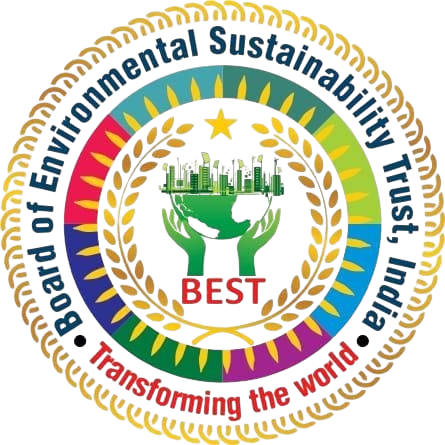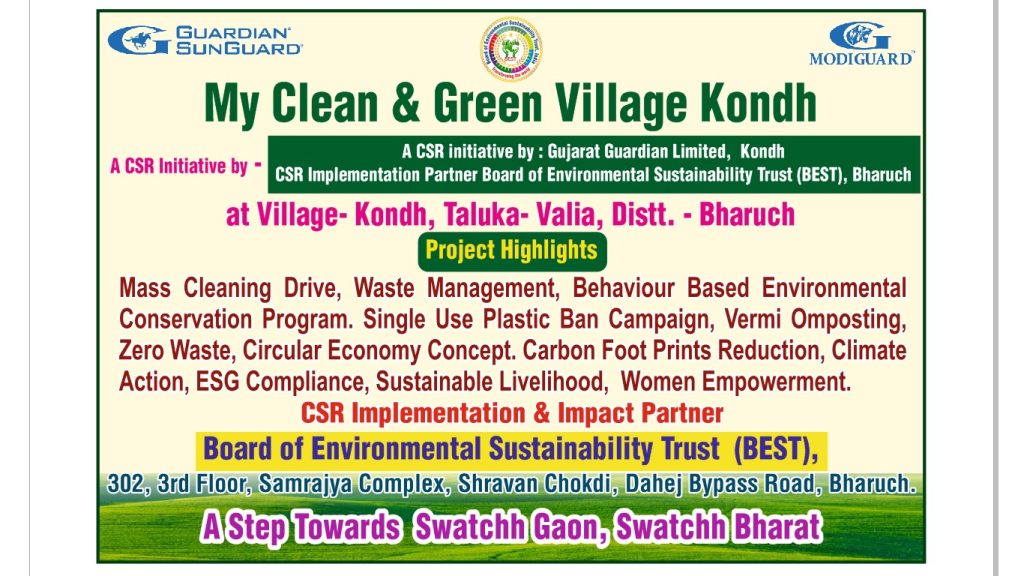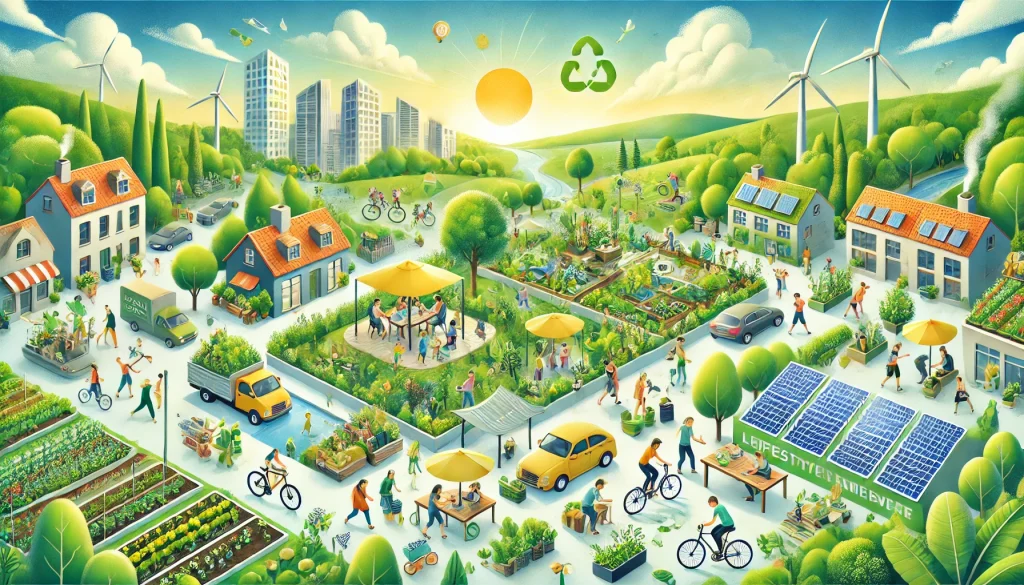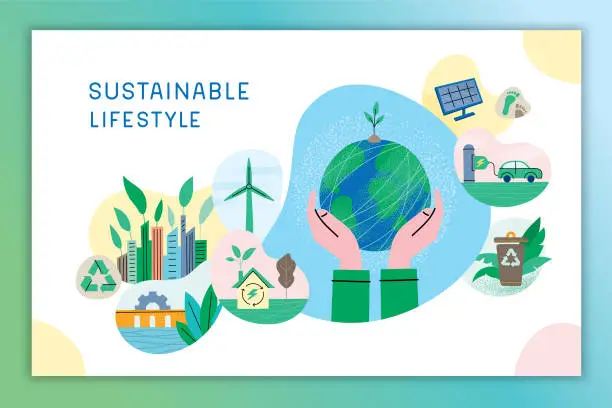Board Of Environmental Sustainability Trust

Board of Environmental Sustainability Trust (BEST)
We don’t inherit the Earth from our ancestors,
we borrow it from our children. Let’s conserve it
Green Village Project

At the Board of Environmental Sustainability Trust (BEST), our commitment to “Transforming the World” drives us to create a sustainable future not only in cities but also in rural areas. The “Green Village Project” is a flagship initiative aimed at fostering environmental sustainability, economic empowerment, and community well-being in villages across the nation.
Why Green Villages?
Rural areas are the backbone of our nation, housing a significant portion of the population and contributing to agricultural and cultural wealth. However, many villages face challenges such as lack of infrastructure, environmental degradation, and limited access to sustainable resources. The Green Village Project seeks to address these challenges by:
Promoting Eco-Friendly Practices: Encouraging sustainable agriculture, renewable energy, and waste management.
Empowering Communities: Building local capacities for economic and social development.
Enhancing Quality of Life: Providing access to clean water, education, healthcare, and green technologies.
Objectives of the Green Village Project
Sustainable Agriculture: Introduce organic farming and water-saving irrigation methods to boost agricultural productivity.
Renewable Energy Access: Install solar, biogas, and other renewable energy solutions for households and communal use.
Eco-Infrastructure Development: Construct eco-friendly homes, schools, and sanitation facilities.
Waste Management: Implement effective systems for waste segregation, recycling, and composting.
Community Education: Conduct training and workshops on sustainable living, health, and climate resilience.


Core Activities
1. Promoting Organic and Sustainable Farming:
Educate farmers on organic farming techniques and sustainable pest control.
Provide access to quality seeds, fertilizers, and water-saving technologies.
2. Renewable Energy Solutions:
Install solar panels in homes, schools, and community centers.
Develop biogas plants for cooking and energy generation.
3. Water and Sanitation Initiatives:
Build rainwater harvesting systems and promote efficient irrigation.
Construct eco-friendly toilets and improve access to clean drinking water.
4. Waste Management Programs:
Establish village-level waste segregation and recycling centers.
Promote composting of organic waste for agricultural use.
5. Community Capacity Building:
Train villagers in sustainable livelihood options such as handicrafts, eco-tourism, and small-scale businesses.
Educate children and adults on environmental conservation and climate change mitigation.
Achievements to Date
Transformed 50 villages into sustainable eco-hubs, directly benefiting over 100,000 residents.
Installed 5,000 solar panels, providing clean energy to households and schools.
Reduced water wastage by 30% through rainwater harvesting systems.
Trained 20,000 farmers in organic farming practices, leading to a 40% increase in crop yield.
Established 100 waste management centers, significantly reducing landfill contributions.
Global Alignment
The Green Village Project aligns with the following United Nations Sustainable Development Goals (SDGs):
SDG 1 (No Poverty): Empowering rural communities with sustainable livelihoods.
SDG 6 (Clean Water and Sanitation): Ensuring access to clean water and sanitation for all.
SDG 7 (Affordable and Clean Energy): Promoting renewable energy solutions in rural areas.
SDG 13 (Climate Action): Building resilience against climate change impacts.
SDG 15 (Life on Land): Restoring and preserving rural ecosystems and biodiversity.

Get Involved
As an Individual:
Volunteer for training programs and on-ground activities.
Support the initiative by contributing funds, resources, or expertise.
As a Community:
Collaborate with BEST to implement green solutions tailored to local needs.
Actively participate in workshops and sustainable development initiatives.
As an Organization:
Sponsor projects or provide technical assistance to scale the initiative.
Partner with BEST to develop innovative solutions for rural sustainability.
Future Goals
Transform 500 villages into self-reliant, green communities by 2030.
Achieve 50% renewable energy adoption across partnered villages.
Reduce rural waste generation by 70% through effective waste management systems.
Build a network of rural climate leaders to advocate for sustainability.
Join the Mission
The Green Village Project is a step towards an inclusive and sustainable future where villages become models of environmental harmony and socio-economic empowerment. By joining this mission, you become a part of a transformative journey that uplifts communities and preserves the planet for future generations.
Take action today—be a catalyst for change and help us create a green revolution in villages across the globe!